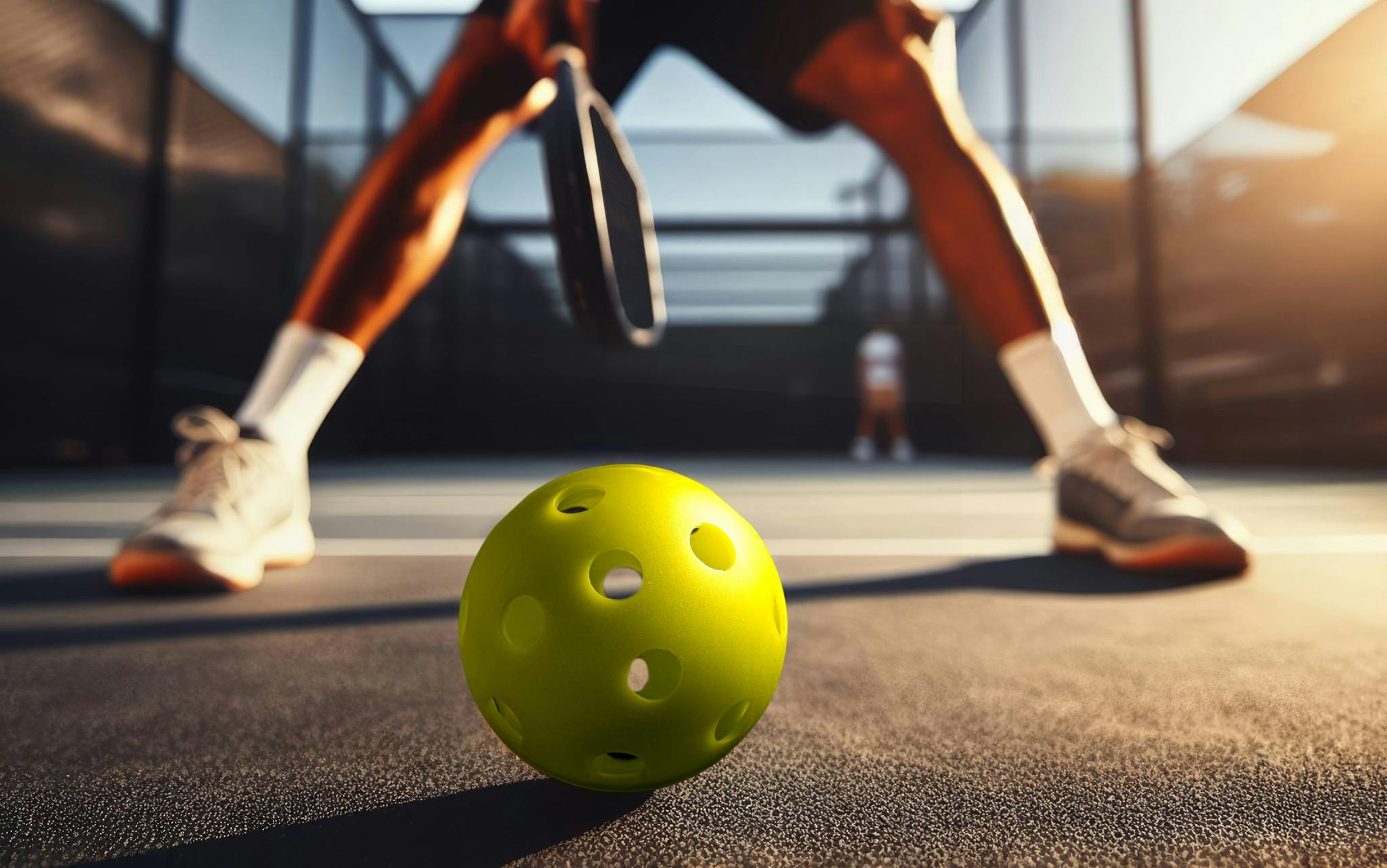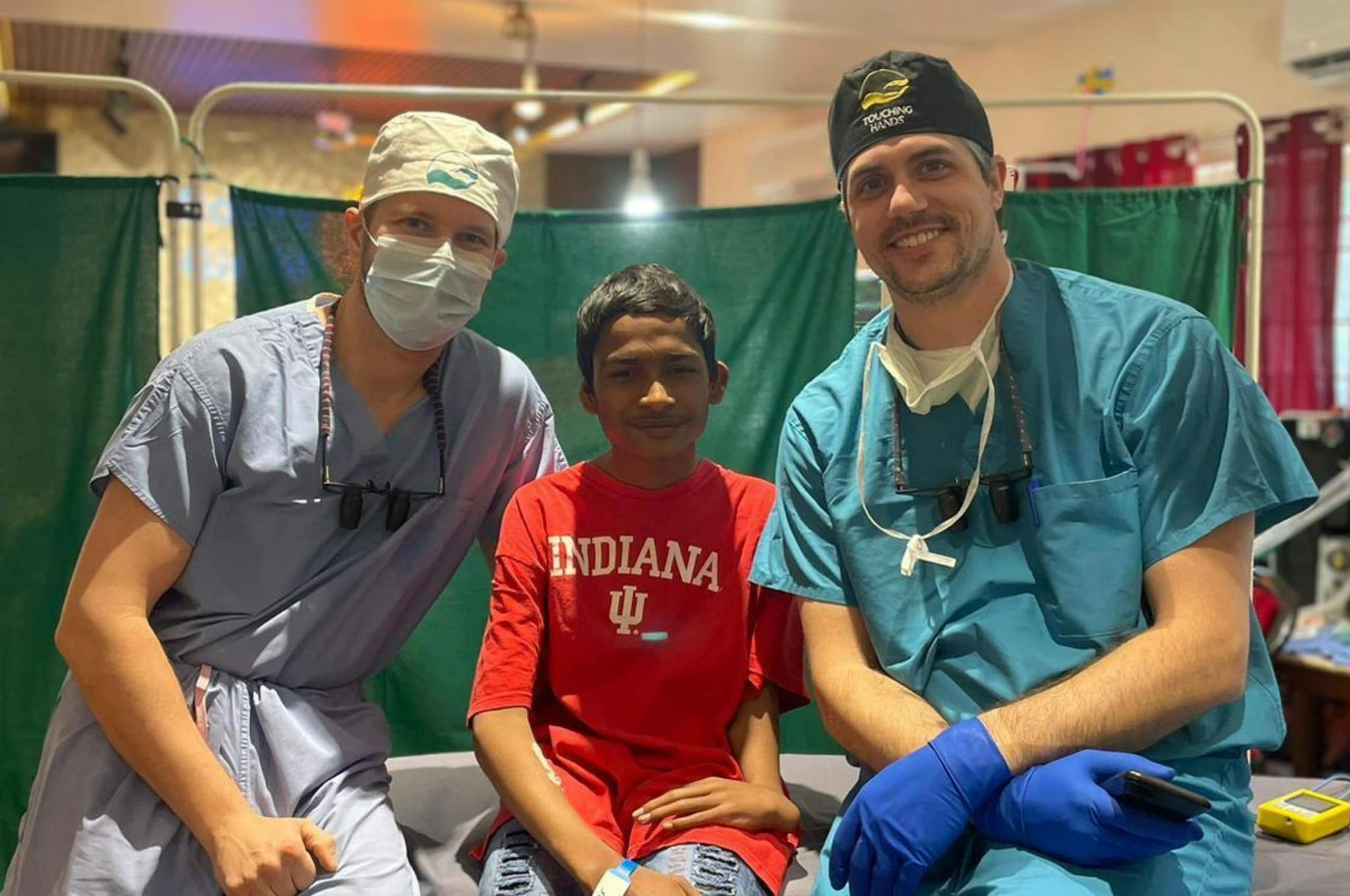
2025-06-10T13:54:10
Understanding Skin Grafts
- Dermatology
- Family Medicine
- Internal Medicine
- Orthopedics
August 26, 2016 | Hand, Wrist and Elbow Center • Orthopedics • Sports Fitness and Physical Therapy
Specialties:Hand, Wrist, and Elbow • Orthopedics • Sports Fitness and Physical Therapy

One thing is nearly always certain in those who love participating in sports—injuries. The injured face two dilemmas: they must determine if they need medical care from a specialist, and if they need to be sidelined. Whether it’s a sprain, break or fracture, or the simply the general wear and tear of your body through years of activity, you are likely to receive a sport-related injury at some point in your lifetime.
If you’re a sports regular, which injuries pose the greatest risk? Prevention cites these six:
ACL tears
Concussions
Anterior knee pain syndrome
Stress fractures
Sprained ankles
Meniscus tears
Symptoms of a sports injury can range from pain, swelling and throbbing to blood loss, headaches, nausea and dizziness.
The NCAA says during a recent five-year period, collegiate football players suffered 41,000 injuries. The highest injury rate occurred during the preseason. Everyday Health adds that kids concentrating on a single sport are twice as prone to injury as youngsters who took part in more.
Sports injuries can be acute, like a fracture, or chronic from overuse while playing a sport over time. The National Institute of Arthritis and Musculoskeletal and Skin Diseases (NIAMS) says one of the biggest mistakes you can make is trying to push through pain when injured. Discomfort means it’s time to stop.
Contact a healthcare professional whenever:
You experience severe pain, numbness or swelling
You can’t bear weight on a part of the body
You now have swelling or joint issues plus the discomfort already present from an old injury
For minor injuries, you can try the RICE method at home:
Rest
Ice
Compression
Elevation
Injuries resolve through pain relief methods, reduction of inflammation and rehabilitation. Athletes also need to restore function and regain advanced skills. Physical therapy and sports rehabilitation both contribute to healing, but they’re really different processes, Live Strong reports.
Physical therapy performed by a therapist is the initial phase of rehabilitation. This professional works under the orders of a physician who is either a physiatrist or an orthopedic surgeon. Since a physiatrist cannot perform surgery, an orthopedic surgeon can provide more comprehensive treatment options.
When is it safe to jump right into a full-court press? Verywell cites some average healing times:
Fractures: three to 10 weeks, depending on location
Strains: two weeks to three months
Sprains: five days to six weeks
Cuts: a week to a month
Bruises: five days
Mild shoulder separation: two weeks
Rupture of Achilles tendon: four to six months post-surgery
ACL repair: five months after surgery
These NIAMS tips can help if you love to play sports. Always:
Do warm-up exercises
Stop before you overdo
Cool down after rigorous activity
Wear the right shoes
Avoid bending or twisting knees at awkward angles
Jump with knees bent
Use the softest surface you can
Think safety
WRITTEN BY:
The Orthopedics Team

2025-06-10T13:54:10

2024-06-21T14:29:51

2024-02-06T11:40:13

2023-03-30T11:23:12
This information is not intended to replace the advice of a medical professional. You should always consult your doctor before making decisions about your health.